The Hoist Chest Press is a popular piece of fitness equipment found in many gyms, known for its ergonomic design and ability to simulate the traditional bench press. This machine is often part of a Hoist Fitness lineup, which includes a variety of weight machines designed to target different muscle groups. If you're looking for more information about the Hoist Chest Press, how to use it, or how to convert weights for proper use, this article will cover everything you need to know—from understanding the Hoist Chest Press weight chart to using the Hoist Fitness weight conversion system effectively.
Introduction to the Hoist Chest Press Machine
The Hoist Chest Press Machine is designed to target the chest, shoulders, and triceps through a controlled, seated pressing movement. Unlike free weights, it provides a guided motion, which can be particularly useful for beginners or those looking for a safer alternative to free-weight exercises.
The Hoist Chest Press is often preferred by individuals looking to perform a traditional bench press movement with more stability and control. The machine uses adjustable weight stacks, making it easier for users to select an appropriate resistance level based on their strength.
Hoist Chest Press Machine Weight Chart
Understanding the Hoist Chest Press weight chart is crucial for anyone new to the machine or for those trying to track their progress. The weight chart indicates the weight selection in increments, allowing you to easily increase or decrease the load based on your fitness level.
- Light Resistance: For beginners, starting with lighter weights (around 10-30 lbs) helps focus on form and technique.
- Moderate Resistance: Intermediate users typically work with weights ranging from 40-80 lbs to build muscle endurance and strength.
- Heavy Resistance: Advanced users who have built strength can work with weights above 90 lbs, possibly reaching up to 200 lbs or more, depending on the machine model.
The Hoist Chest Press weight can be adjusted by simply pulling the pin and inserting it at the desired resistance level. For more advanced users, a Hoist ROC-IT Chest Press machine might be the preferred option, as it allows for more dynamic and fluid movements.
The Role of Weight Conversion in Hoist Fitness Machines
Hoist Fitness offers a range of machines that provide users with the flexibility to perform various exercises. However, one common challenge when using Hoist Fitness equipment is understanding the Hoist machine weight conversion system. Here's how to navigate it:
- Standard Weight Stack: Most Hoist machines use a weight stack, and each weight plate is marked with a specific value (e.g., 10 lbs, 20 lbs, etc.). Users can adjust the pin to select their desired resistance.
- Weight Conversion Factors: Depending on the machine, the resistance might feel slightly different compared to traditional free weights. For example, the Hoist fitness weight conversion typically follows a 2:1 ratio, meaning a 10-lb selection on the weight stack might feel like 5 lbs when compared to free weights.
It’s important to experiment with different weight stacks to understand how Hoist Fitness weight conversion works for each piece of equipment.
Hoist Fitness Weight Conversion: How to Adjust for Proper Resistance
Knowing how to use Hoist Fitness weight conversion is key to adjusting your workouts for maximum effectiveness. Here’s how you can adjust your settings:
- Check the Weight Stack Settings: Ensure that the weight stack is correctly aligned with the pin.
- Understand the Weight Reduction System: Some Hoist machines employ a system where the resistance is half of the selected stack weight due to the mechanics of the machine.
- Adjust Based on Progression: If you’ve been using a Hoist Chest Press machine for some time, gradually increasing the weight will lead to more muscle development.
Hoist Chest Press vs. Hoist Bench Press Machine
When comparing the Hoist Chest Press and the Hoist Bench Press Machine, it's essential to consider the specific benefits and the differences in motion.
- Hoist Chest Press Machine: This machine simulates the pressing motion but with the added benefit of a stable and fixed movement pattern, making it ideal for beginners or those recovering from injuries.
- Hoist Bench Press Machine: While similar to the Hoist Chest Press, the bench press machine usually offers a flat or slightly inclined angle, which can provide a more direct chest engagement.
Hoist ROC-IT Chest Press: A Dynamic Upgrade
For advanced users looking to enhance their chest workout, the Hoist ROC-IT Chest Press is an excellent option. This machine features a dynamic movement pattern, allowing for a natural chest press experience that closely mimics free-weight exercises. The Hoist ROC-IT Chest Press uses rotational movement that adjusts the resistance throughout the exercise, increasing the challenge as you press.
Benefits of Using the Hoist Chest Press Machine
Using a Hoist Chest Press Machine comes with several benefits:
- Targeted Muscle Development: This machine isolates the chest muscles more effectively than many other exercises.
- Safer for Beginners: The guided motion reduces the risk of injury compared to free-weight bench pressing.
- Adjustable Resistance: The ability to change weights allows users of all skill levels to use the machine effectively.
Tips for Maximizing Your Hoist Chest Press Workout
To get the most out of your Hoist Chest Press workout, consider these tips:
- Focus on Form: Ensure that you maintain proper posture throughout the exercise to avoid strain.
- Start Light, Progress Gradually: Start with lighter weights and focus on increasing the load over time.
- Incorporate Supersets: Pair the chest press with other exercises, like the Hoist Shoulder Press, to target multiple muscle groups in one workout.
How to Select the Right Weight on the Hoist Chest Press
Selecting the right weight for your Hoist Chest Press workout is essential for both progress and safety. Here are some general guidelines:
- Beginner: Start with lighter weights (around 10-30 lbs) to master the technique.
- Intermediate: Aim for moderate weights (40-70 lbs) to build muscle endurance.
- Advanced: Work with higher resistance (80-150 lbs) to develop muscle strength and hypertrophy.
Common Mistakes to Avoid on the Hoist Chest Press Machine
To ensure you get the most from your workout and avoid injury, avoid these common mistakes:
- Incorrect Weight Selection: Avoid selecting a weight that’s too heavy or light for your current fitness level.
- Improper Form: Make sure your back is properly supported and your feet are firmly placed on the floor.
- Too Much Momentum: Using momentum to lift the weights reduces the effectiveness of the exercise and can lead to injury.
Hoist Fitness Chest Press Machine for Strength Building
For anyone looking to build upper body strength, the Hoist Fitness Chest Press machine is a great option. Its design provides a consistent and controlled motion, making it ideal for progressively building strength. By adjusting the weight on the Hoist Chest Press weight chart, you can tailor your workout to meet your strength-building goals.
The Importance of Tracking Your Progress on the Hoist Chest Press
Tracking your progress with the Hoist Chest Press weight chart is crucial for maximizing your gains. Keep a record of your starting weight, and gradually increase it as your strength improves.
By continually tracking your workouts, you can set new goals and increase resistance in a structured manner to prevent plateaus.
Comparison: Hoist Chest Press vs. Free Weights
Many gym-goers debate between using the Hoist Chest Press Machine and free weights for chest exercises. Here's a quick comparison:
- Hoist Chest Press Machine: Provides stability, reduces the risk of injury, and targets specific muscle groups more effectively.
- Free Weights: Engages more stabilizer muscles and provides a more dynamic range of motion, but also comes with a higher injury risk for beginners.
Conclusion: Choosing the Right Hoist Chest Press Equipment for Your Goals
Whether you're new to the gym or an experienced lifter, the Hoist Chest Press machine is an excellent piece of equipment to include in your routine. By understanding how the Hoist Chest Press weight chart works and using the Hoist Fitness weight conversion system effectively, you can tailor your workouts to suit your fitness goals.
Frequently Asked Questions (FAQs)
Q1: How do I adjust the weight on the Hoist Chest Press?
A: You can adjust the weight by selecting the pin on the weight stack to your desired resistance level.
Q2: What is the difference between the Hoist Chest Press and the Hoist ROC-IT Chest Press?
A: The Hoist ROC-IT Chest Press offers dynamic movement with rotational resistance, making it more advanced than the standard chest press machine.
Q3: How does the Hoist Fitness weight conversion work?
A: The Hoist Fitness weight conversion typically follows a 2:1 ratio, meaning the resistance you feel is half of the selected weight stack value.
Q4: Can beginners use the Hoist Chest Press Machine?
A: Yes, the Hoist Chest Press Machine is beginner-friendly and provides controlled motion, reducing the risk of injury.
Q5: What is the maximum weight on the Hoist Chest Press?
A: The maximum weight varies by model, but it can reach up to 200 lbs or more on advanced machines.
Q6: How do I know if I'm using the right weight on the Hoist Chest Press?
A: Start with a light weight and gradually increase it as your strength improves. Ensure you can perform the exercise with proper form.






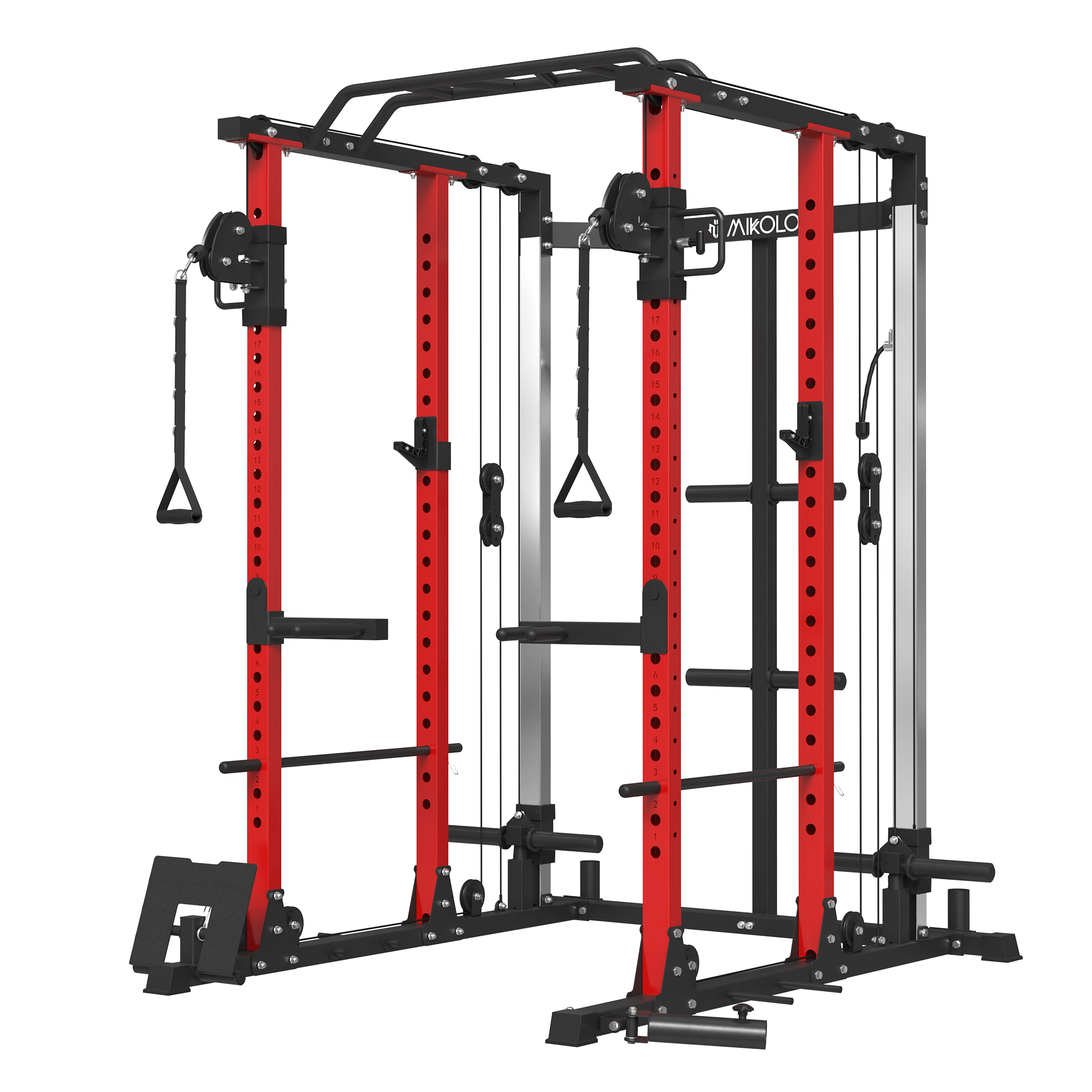








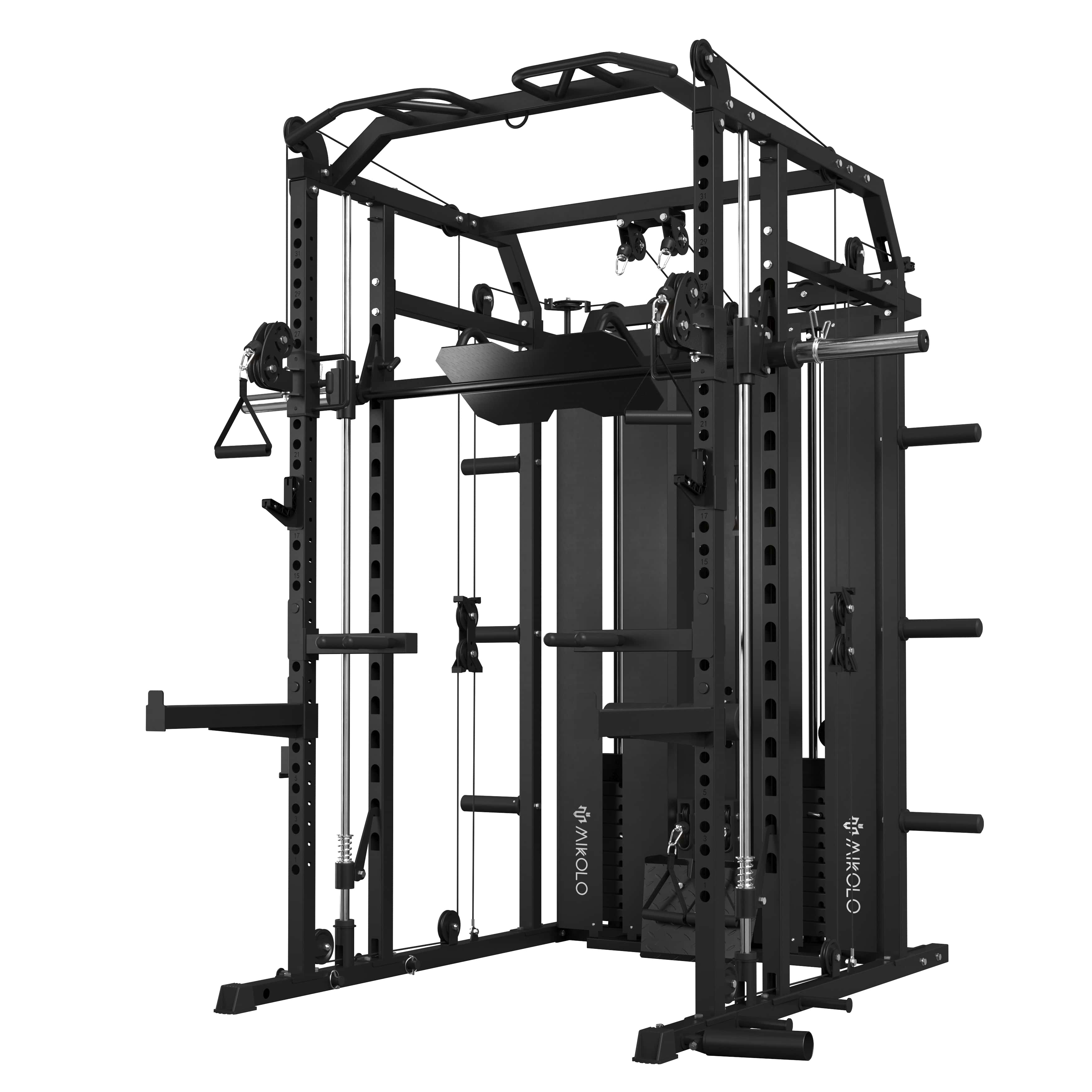




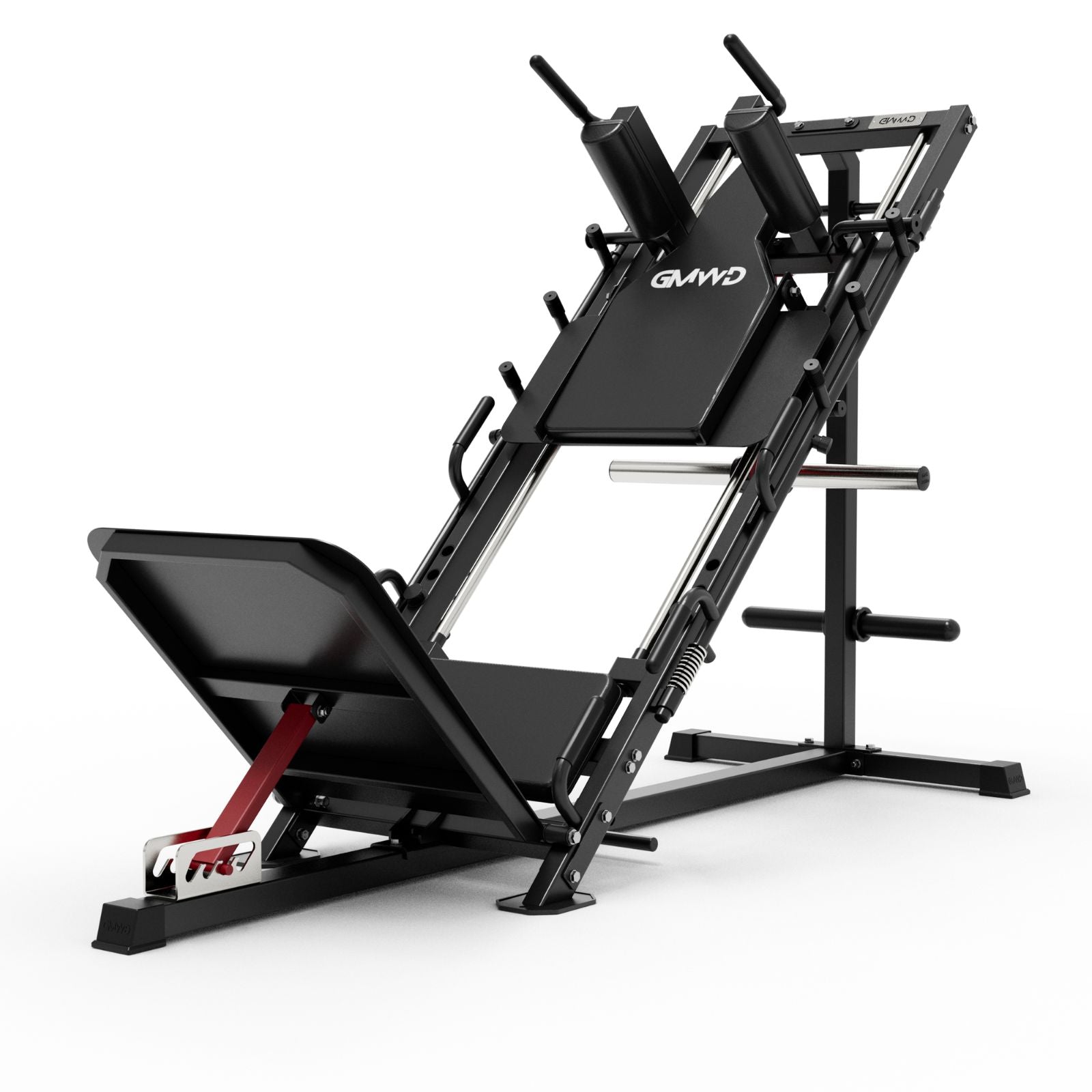




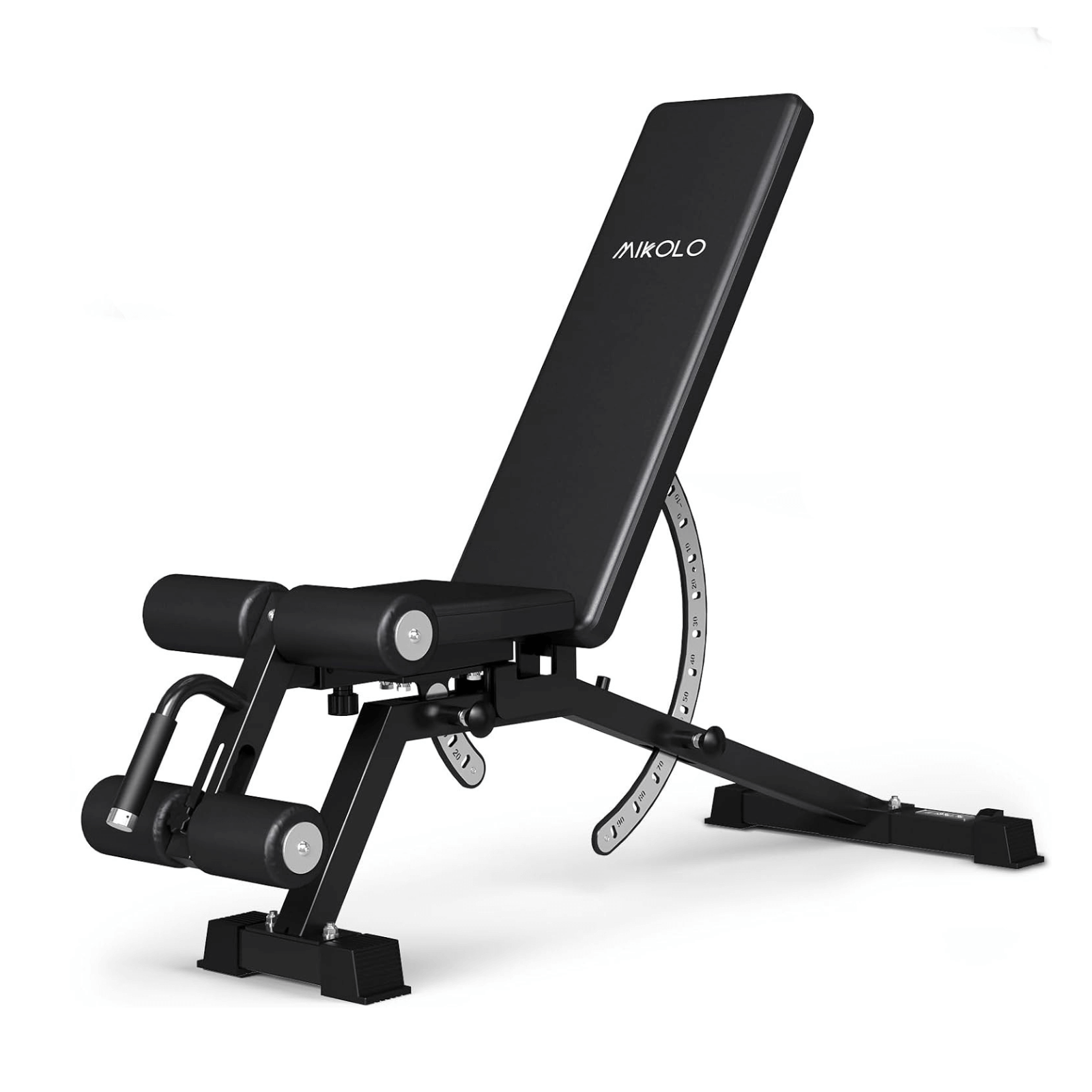


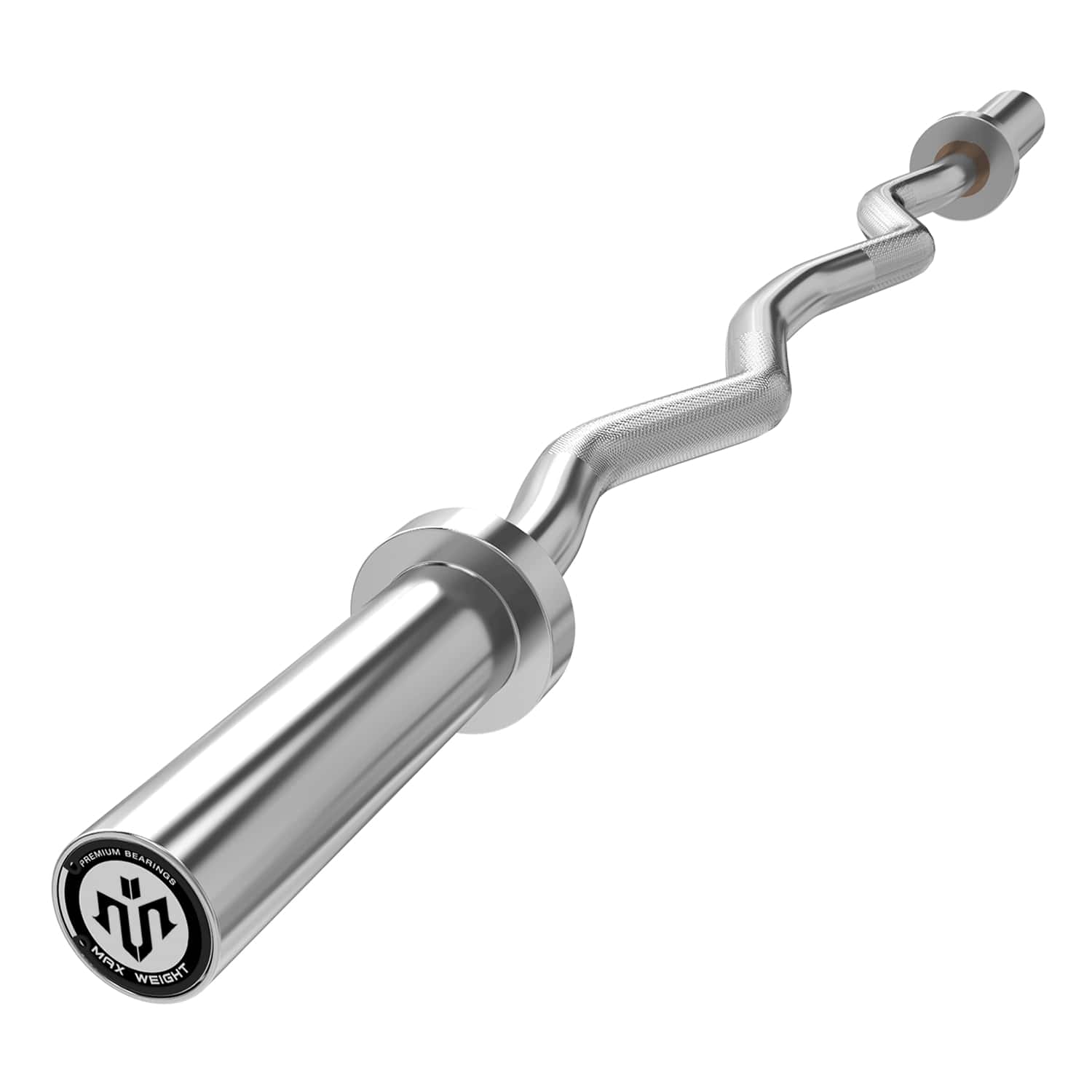
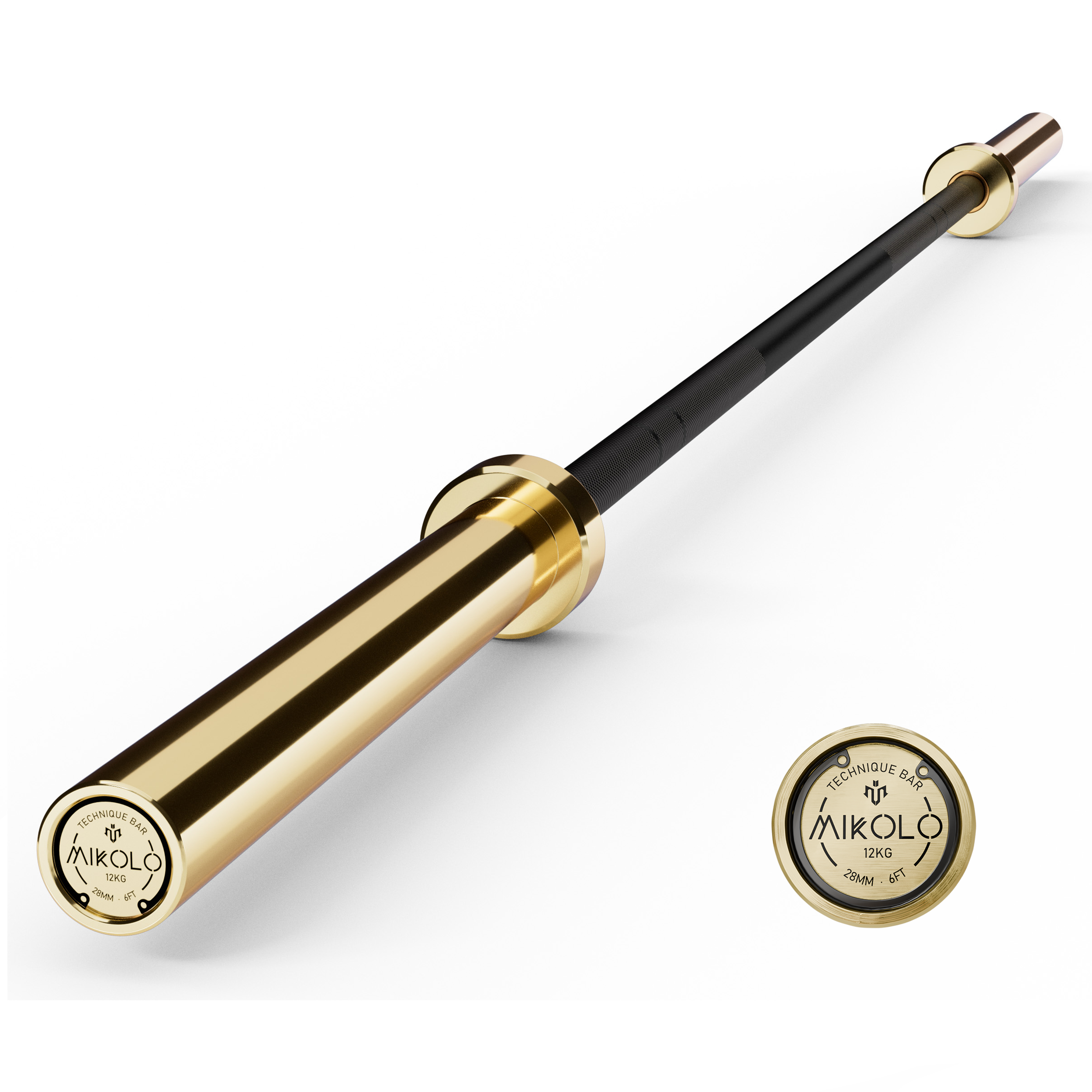


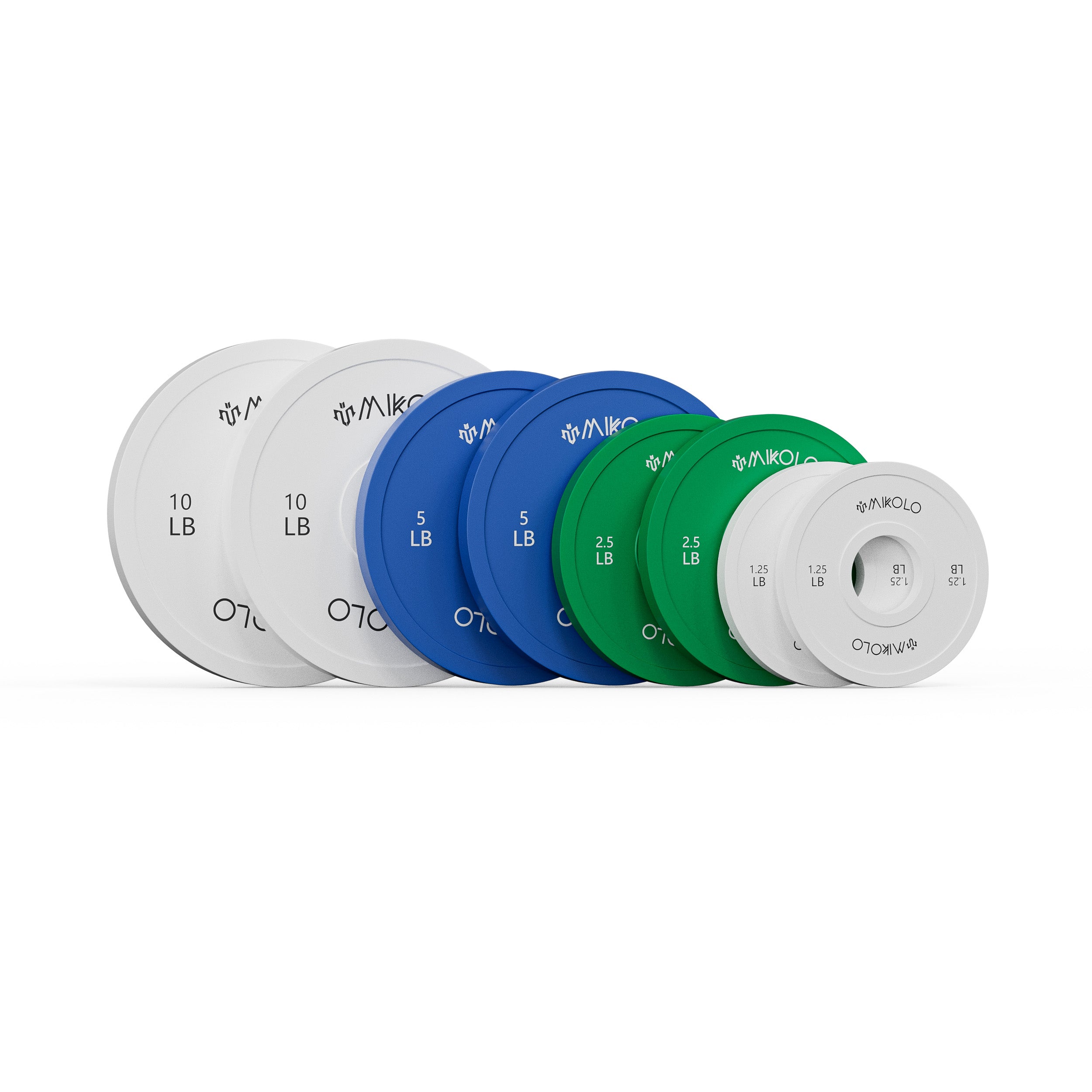


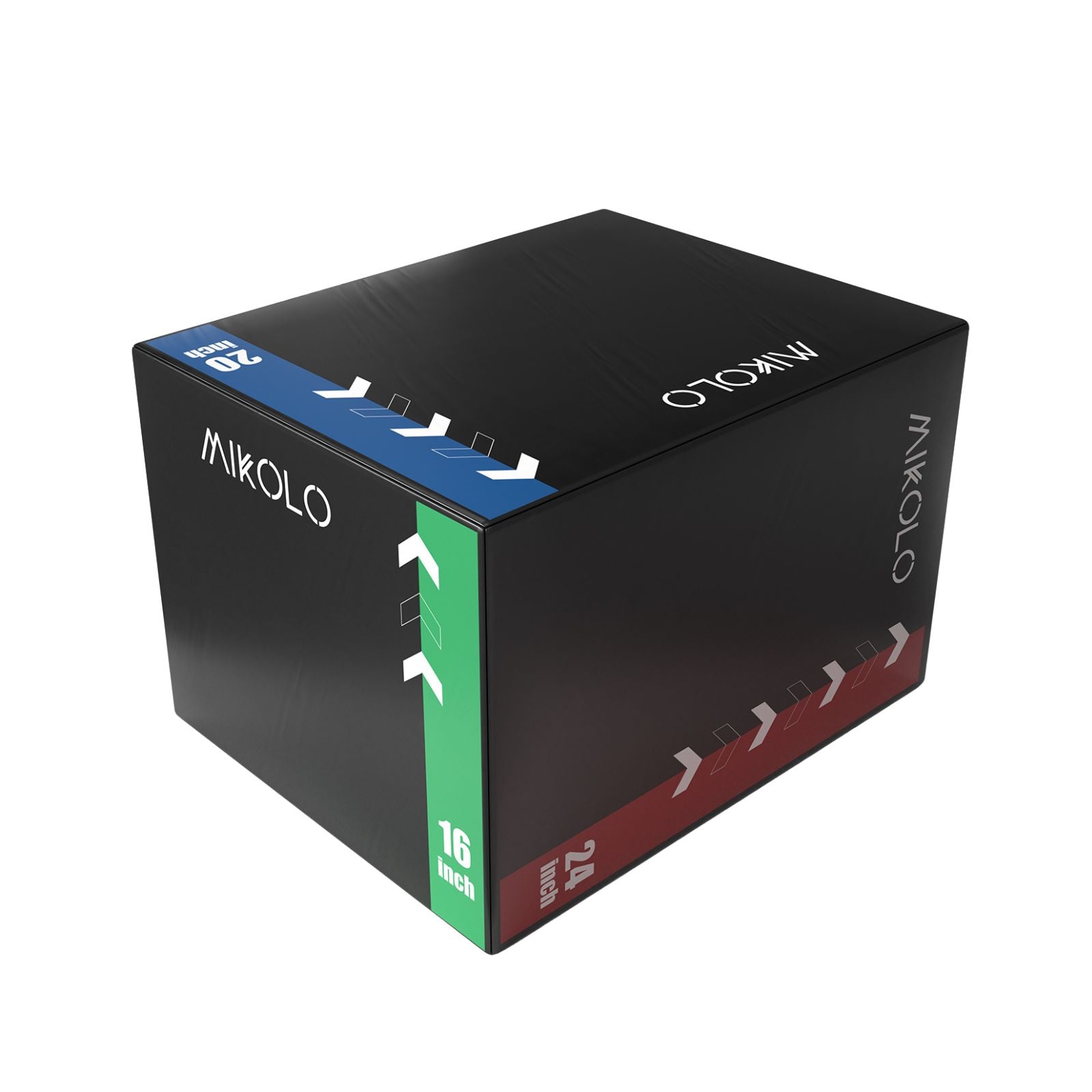
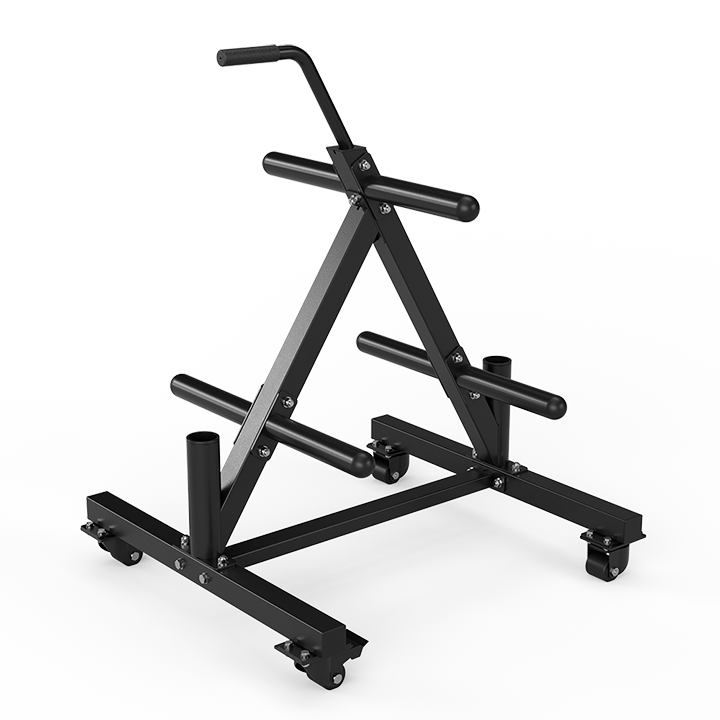
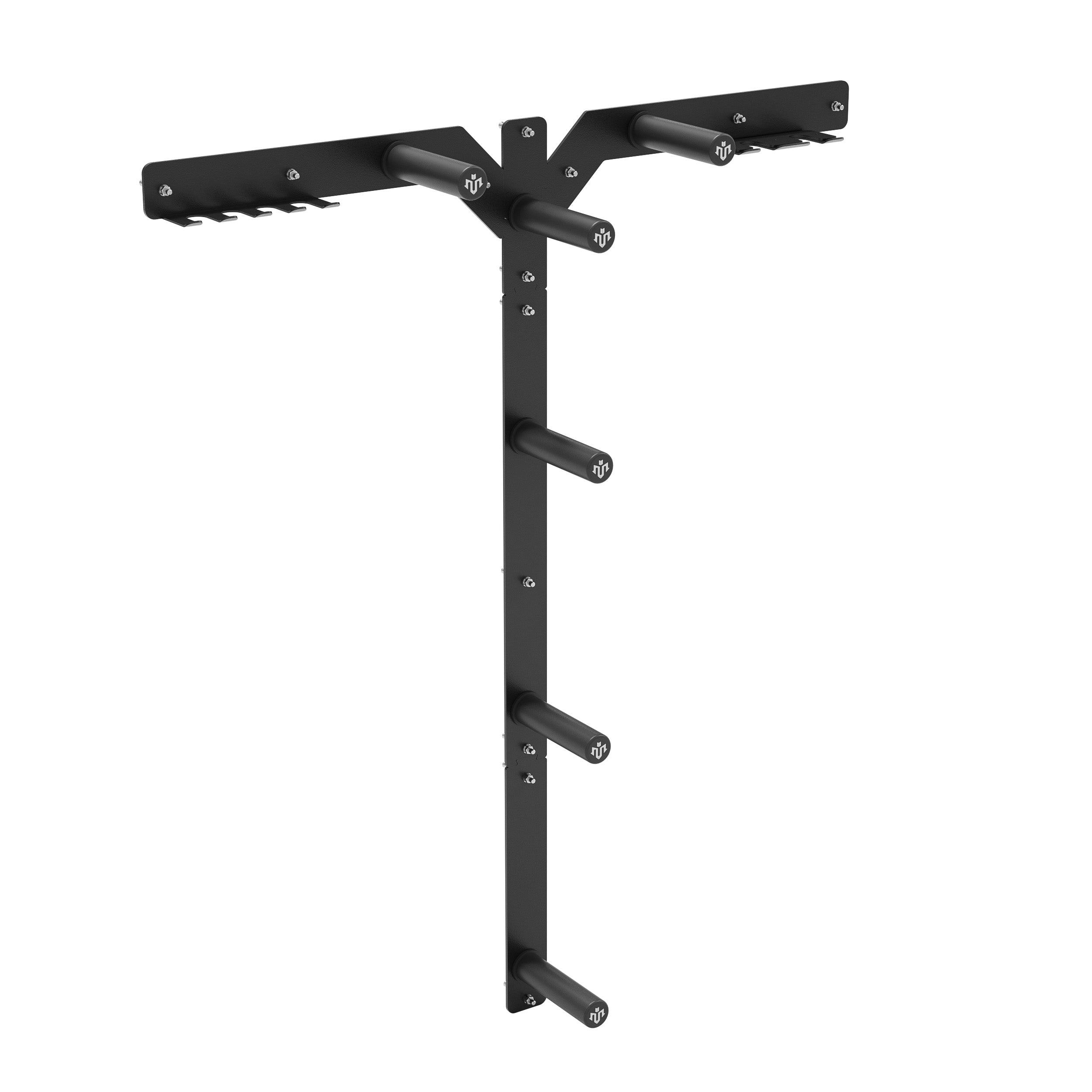




Leave a comment
This site is protected by hCaptcha and the hCaptcha Privacy Policy and Terms of Service apply.